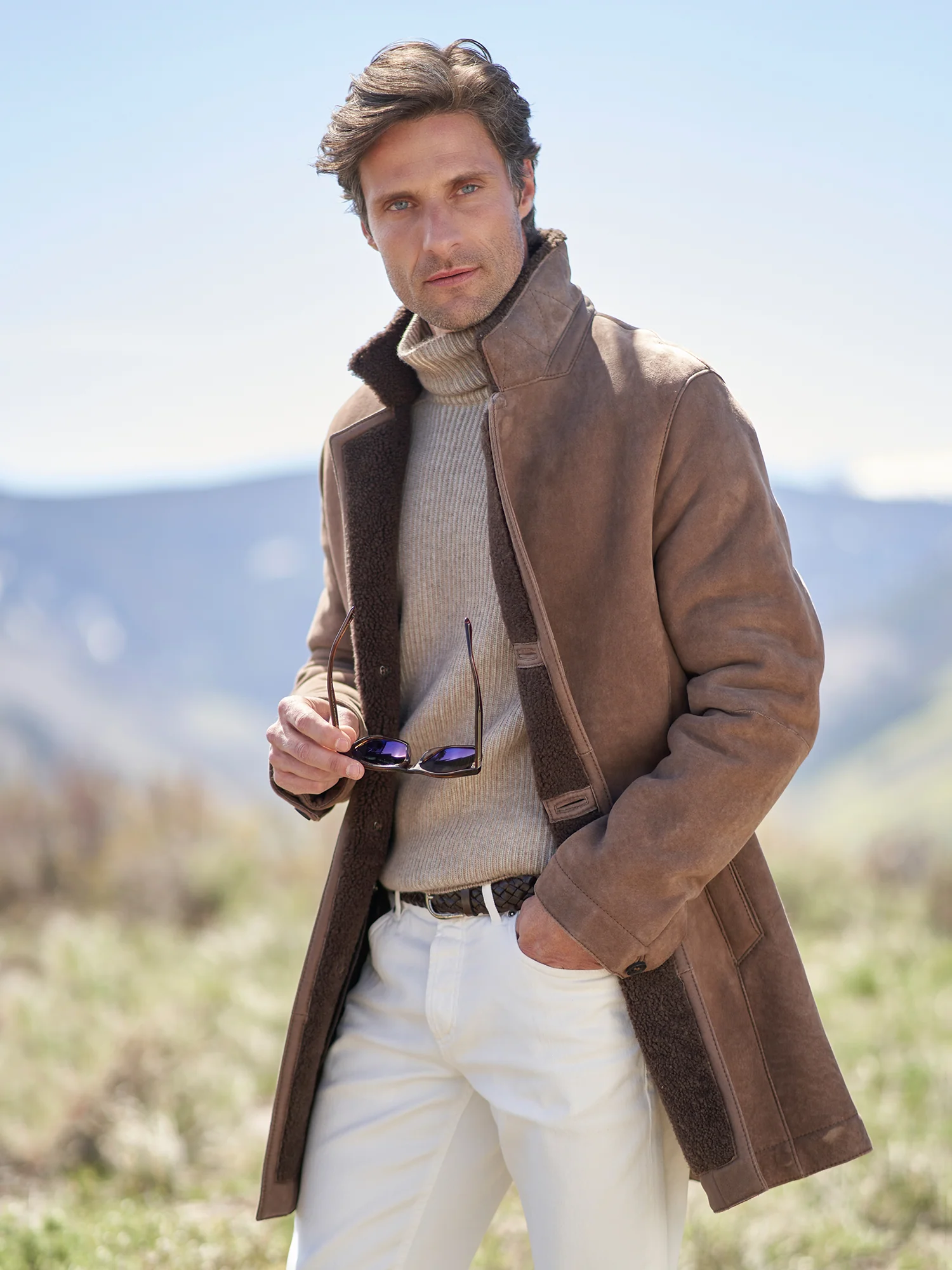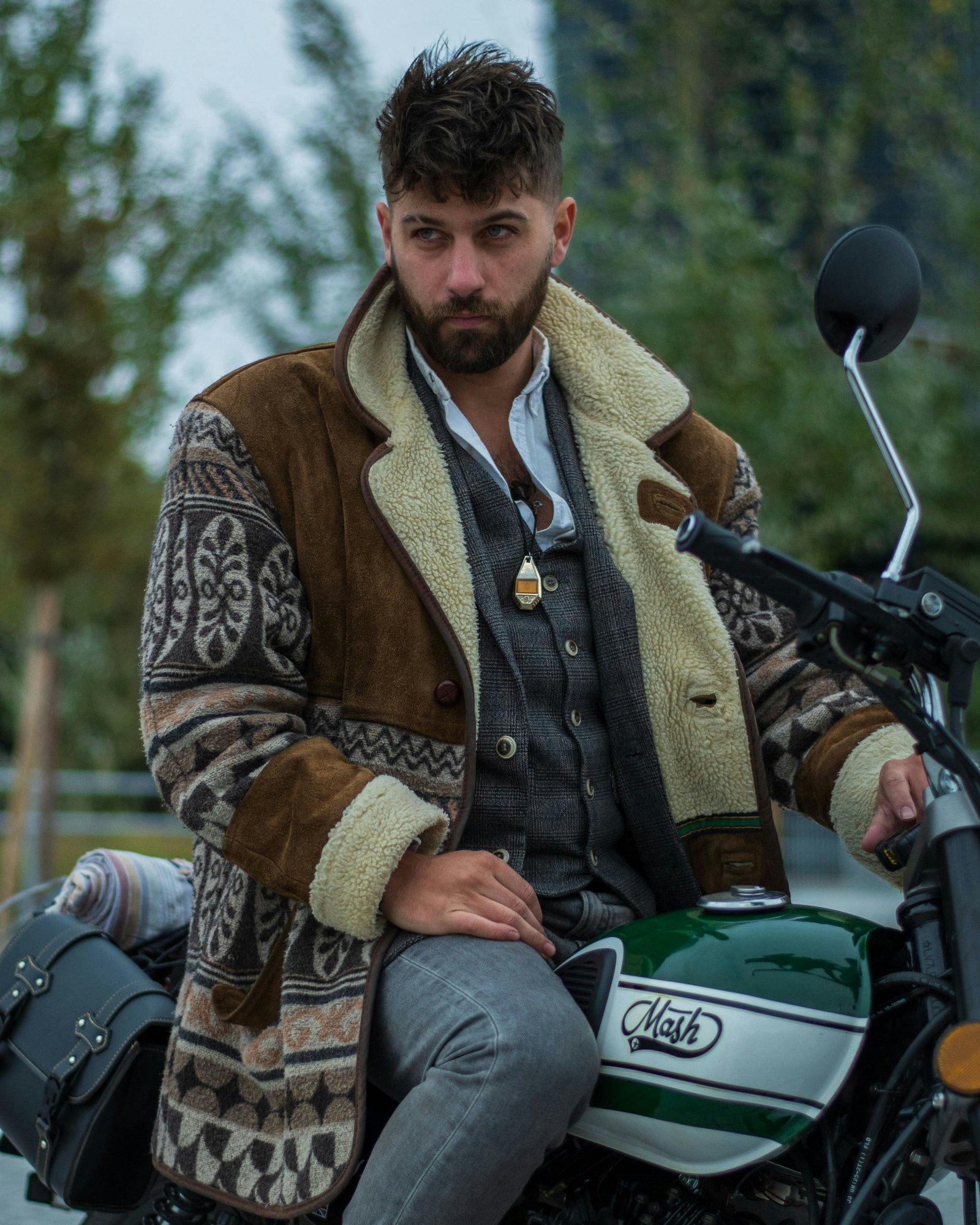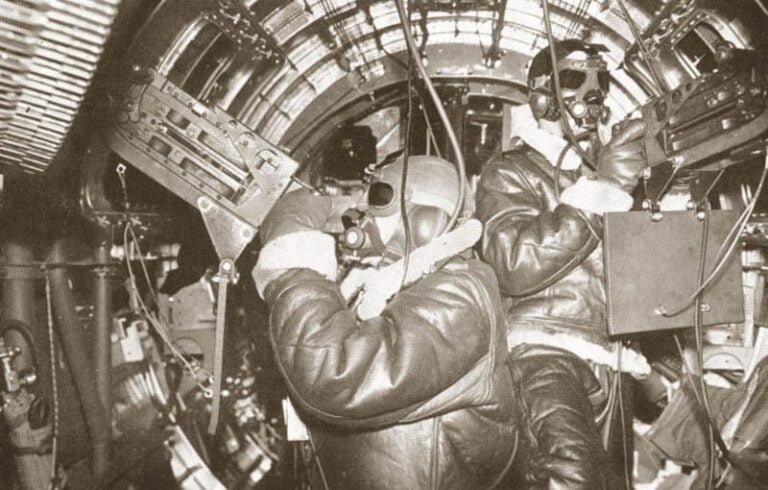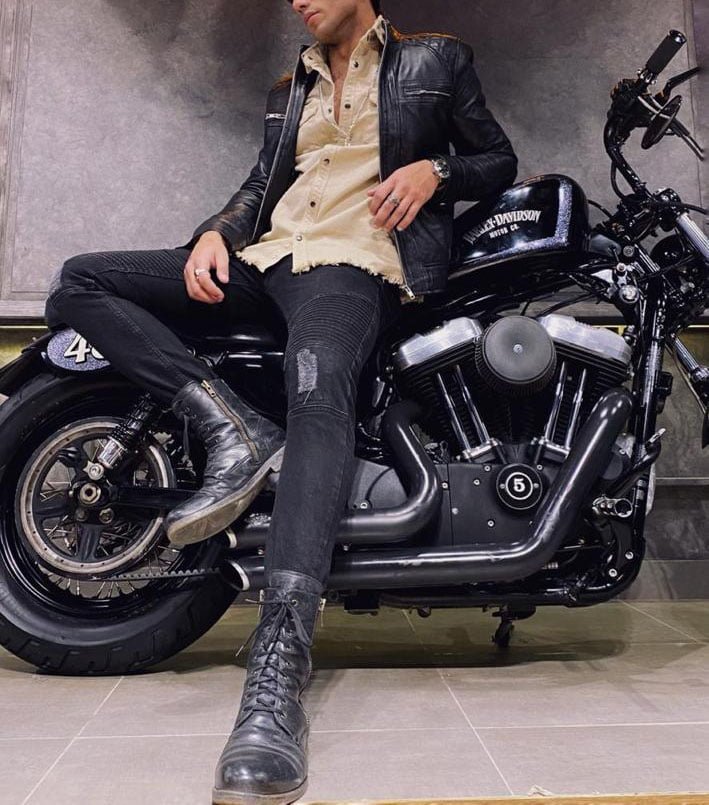Why Are The Shearling Coats So Expensive?
The Origin of Shearling: A Look at the Materials Used
Shearling is a unique and luxurious material derived from sheepskin, specifically from lambs that have not yet been shorn. This dual-sided fabric features soft, dense wool on one side and a smooth leather surface on the other, resulting in a superb combination of warmth, durability, and comfort. The process of acquiring high-quality shearling begins with the careful rearing of sheep, where ethical considerations play an essential role. Responsible sheep farming practices emphasize the health and welfare of the animals, ensuring they are raised in environments that prioritize their well-being.
The breed of sheep plays a critical role in the quality of shearling produced. Not all sheep possess the same wool characteristics; breeds such as Merino and Shetland are renowned for their exceptional fleece quality. The shearing process itself is also pivotal: it must take place at the right time to ensure the fleece is of sufficient density and texture. Experienced shearers use specialized techniques to minimize discomfort to the sheep, and the timing of shearing typically coincides with seasonal changes that affect wool growth.
After shearing, the fleece undergoes a meticulous tanning process, which transforms the raw wool into the luxurious shearling material we recognize. This conversion method greatly influences the final product’s quality and price. Tanning methods can vary, with some producing softer, more supple shearling while others enhance durability. Consequently, the ethical treatment of animals, the genetics of the sheep, and the careful craftsmanship involved in processing shearling significantly determine the cost of shearling coats. In summary, the quality of shearling stems not only from the material itself but from the dedication to ethical farming practices and the artistry involved in its production.
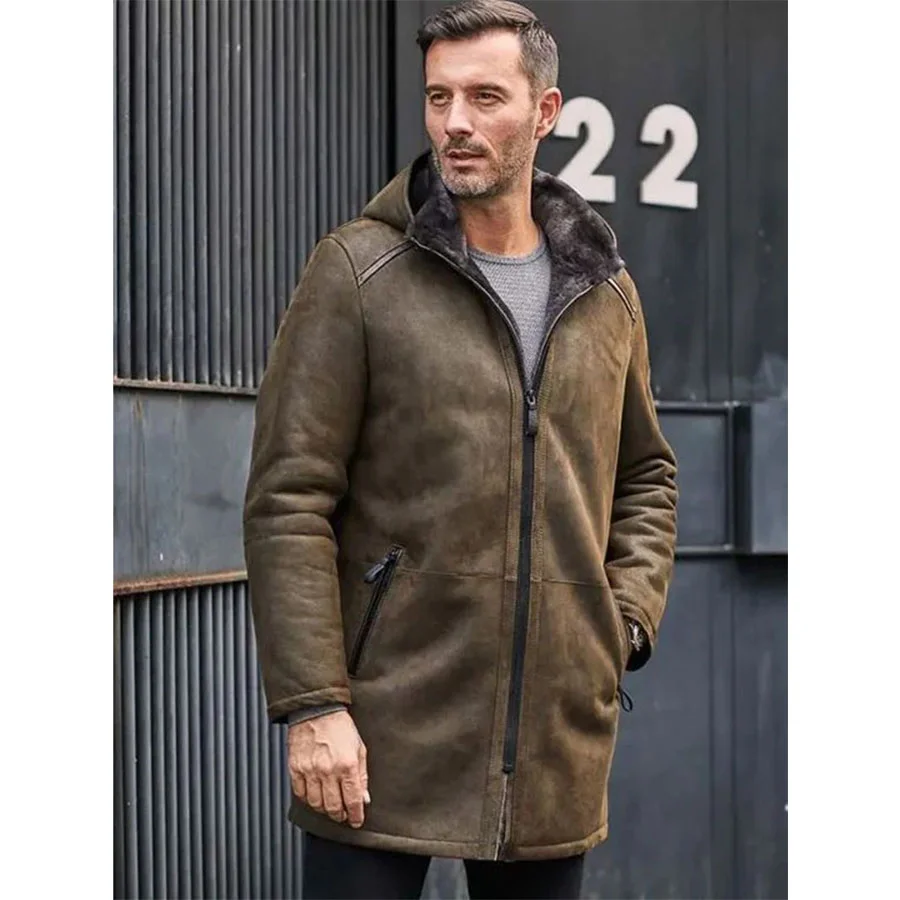
Craftsmanship: The Art of Creating Shearling Coats
Shearling coats exemplify exceptional craftsmanship, requiring a unique set of skills and expertise that distinguishes them from mass-produced garments. The process begins with selecting high-quality shearling hides, which are incredibly soft and supple. Artisans must be well-versed in identifying the ideal material, as the quality of the hide significantly impacts the final product. The cutting process is meticulous; each piece must be carefully shaped to ensure a perfect fit while preserving the integrity of the leather and wool combination. This attention to detail is crucial, as it directly contributes to the coat’s overall durability and aesthetic appeal.
Once the pieces are cut, the sewing process follows, which demands immense precision and artistry. Skilled craftsmen employ specialized stitching techniques to join the shearling components together, ensuring that every seam is not only visually appealing but also robust enough to withstand wear over time. The sewing of shearling is not as straightforward as using conventional fabrics; artisans must adapt to the unique properties of the material, making adjustments throughout the process to achieve optimal results. This intricate workflow can be time-consuming, often taking many hours or even days to complete a single coat.
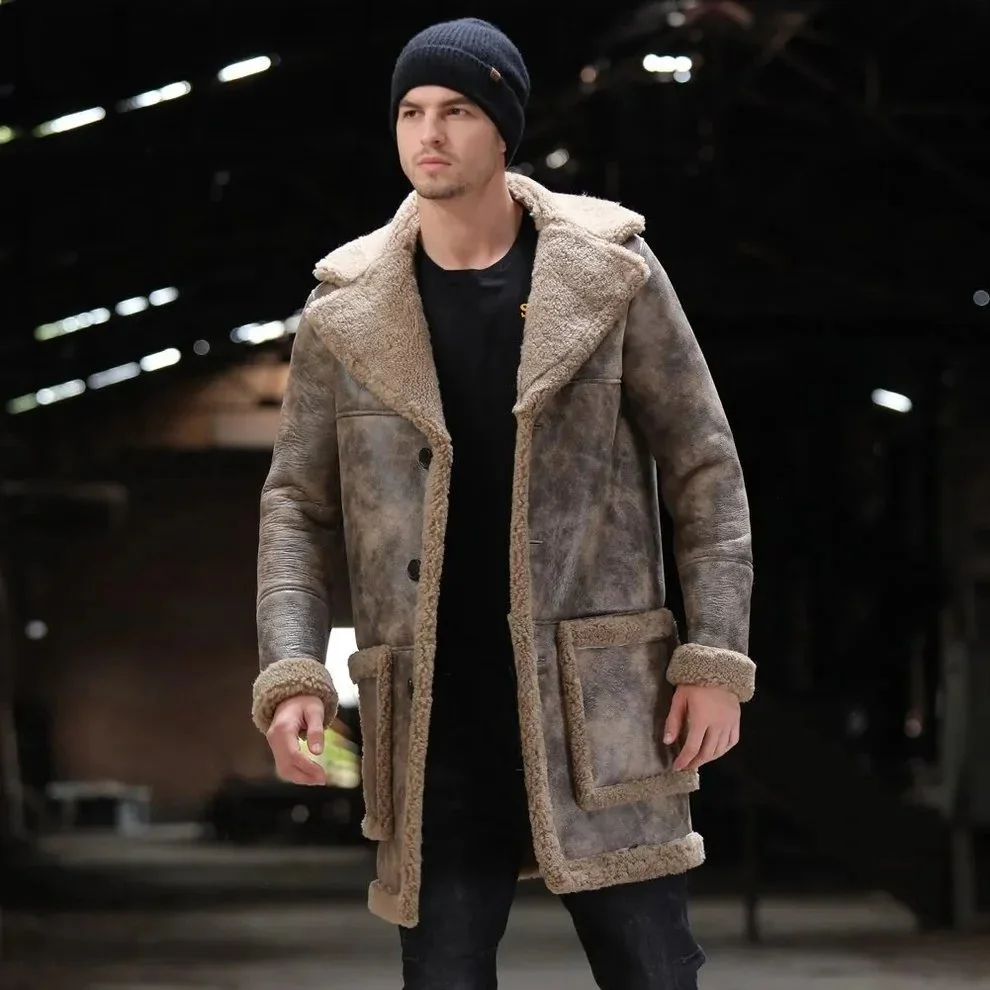
The finishing touches play a vital role in enhancing the luxury of Sheepskin shearling coats. Experts meticulously apply treatments that enhance the texture and appearance of the leather, ensuring that it remains supple and resistant to the elements. Such processes involve careful considerations of conditioners and protective agents that maintain both functionality and beauty. Comparing this labor-intensive craftsmanship to mass production reveals a stark contrast. While factory-made garments often prioritize speed and lower costs, the artistry involved in creating shearling coats results in a product that is not only luxurious but also an investment in quality and longevity.
Market Factors: Trends and Demand for Shearling Coats
The pricing of shearling coats is significantly influenced by a variety of market factors, including current fashion trends, consumer demand, and seasonal fluctuations. As fashion evolves, the desirability of shearling has seen a notable increase, positioning it as a staple in luxurious outerwear. This rise in popularity can be attributed to its unique blend of functionality and style, which appeals to a wide demographic of consumers seeking both warmth and elegance.
Seasonal shifts also play a crucial role in the demand for shearling coats. Typically, colder months prompt consumers to invest in high-quality outerwear, and shearling, known for its exceptional insulation properties, becomes a preferred choice. Retailers often ramp up their marketing efforts during fall and winter, highlighting the benefits and styles of shearling coats, which further drives up consumer interest and perceived value. Therefore, the increased demand during these seasons can result in higher price points.

Luxury branding and marketing strategies significantly affect the perceived value of shearling coats. Well-established brands often leverage their reputation to justify higher prices, creating a perception of exclusivity and elegance associated with their products. Collaborations with renowned fashion designers and celebrities can further inflate prices, as consumers are willing to pay a premium for items endorsed by influential figures. This relationship between branding and consumer behavior underscores the importance of marketing in determining the overall cost of shearling coats.
Finally, the impact of these market dynamics can’t be overlooked. As consumers continue to embrace sustainable and high-quality fashion, the demand for shearling coats is likely to remain strong. This enduring desirability, fueled by trends and effective marketing, contributes to the high prices attributed to these stylish garments.
Longevity and Investment: Shearling as a Sustainable Choice
Shearling coats are often perceived as luxurious commodities with a price tag that can be daunting for some consumers. However, when evaluating the cost of shearling garments, it is essential to consider their longevity and the sustainable nature of the material. Shearling, a natural product that consists of sheepskin with the wool still attached, offers remarkable durability compared to many synthetic alternatives. With proper care—such as regular cleaning, using protective sprays, and careful storage—shearling coats can last for decades. This means that the initial investment can be spread over many years of use, effectively lowering the annual cost significantly.
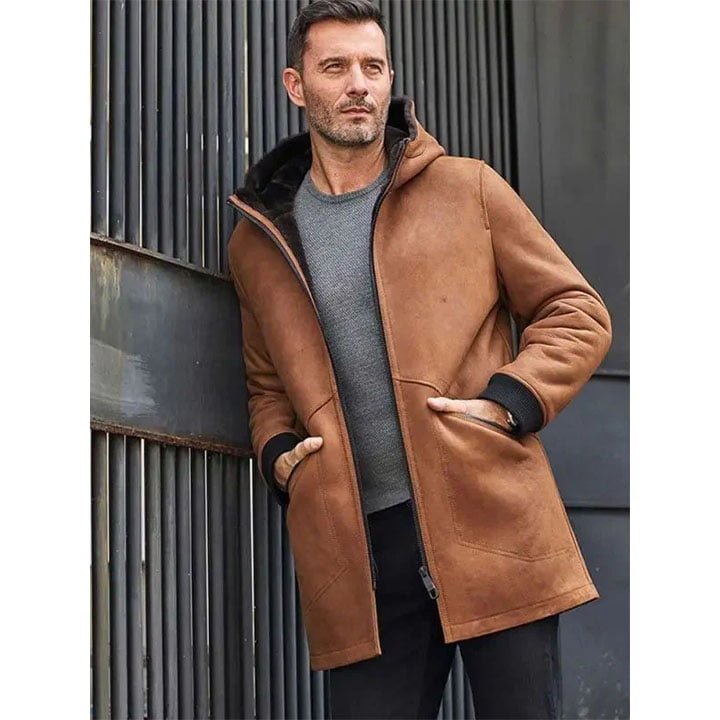
In addition to longevity, shearling coats provide an eco-friendly option. As awareness of environmental issues grows, consumers are increasingly interested in sustainable fashion choices. Shearling is biodegradable, and its production typically has a lower carbon footprint than synthetic fibers derived from petroleum products. Choosing natural materials like shearling not only supports sustainable manufacturing processes but also promotes ethical consumption. Each shearling coat is a product of a renewable resource, contributing to a circular economy that favors the environment. This inherent sustainability is vital, as the fashion industry seeks to align itself with environmentally friendly practices.
The durability and sustainability of shearling coasts together position them as a smart investment. While the initial purchase might appear costly, the long-lasting nature of shearling and its minimal environmental impact create a compelling case. In the long run, investing in a high-quality shearling garment can save consumers money and help promote a more sustainable fashion future. Thus, shearling stands out as a responsible, stylish choice for discerning buyers looking to make an impact with their wardrobe selections.

